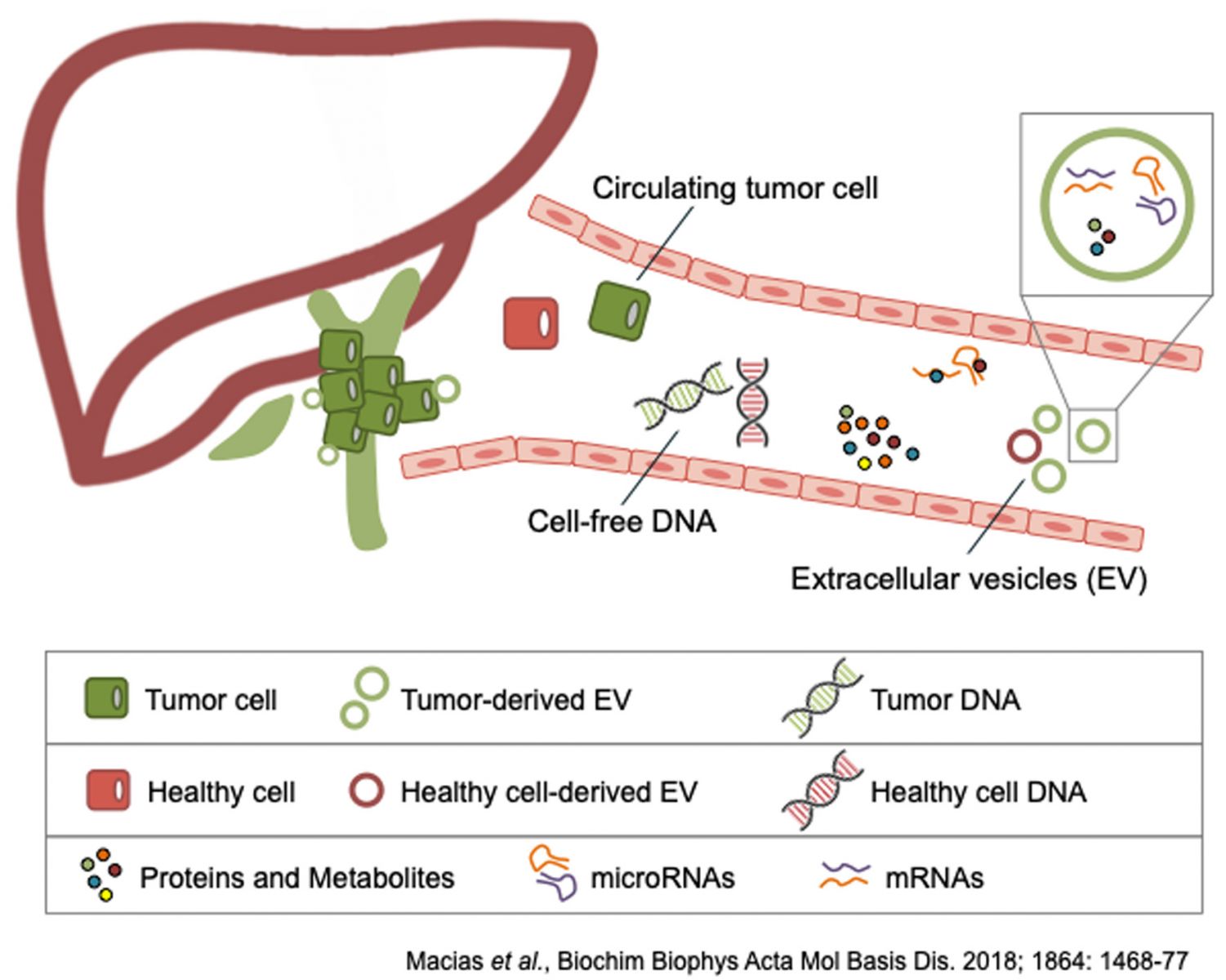Non-invasive biomarkers for early diagnosis and monitoring of liver damage

The OLD-HEPAMARKER Program, "Non-invasive biomarkers of liver damage progression and with usefulness as targets for treatment in elderly patients", has Dr. Rocío I. Rodríguez Macías as Coordinator and researchers from the HEVEFARM group of the University of Salamanca and the Faculty of Pharmacy of the University of Lisbon, being the main investigator of the Portuguese group Dr. Rui E. Castro.
The aim of the Spanish-Portuguese project is to identify biomarkers of diagnosis and progression of liver pathologies, with particular application to the elderly population, since it is the one that most needs early therapeutic interventions and as personalized as possible.
With advanced age, there is an increased risk of liver disease, including nonalcoholic fatty liver disease, which affects one third of the European population. The dietary habits and the sedentary lifestyle of the population are responsible for the fact that the factors associated with the development of this disease, such as overweight / obesity, high levels of cholesterol / triglycerides in blood and type 2 diabetes, have increased in the developed world and , due to the increase in life expectancy, it is estimated that in the coming years the number of elderly people suffering from this disease will continue to grow.
The main characteristic of nonalcoholic fatty liver is an excessive accumulation of fat in the liver and, when maintained chronically, some fatty livers develop inflammation that can progress to irreversible damage.
Aging predisposes patients with non-alcoholic fatty liver and other chronic liver diseases to more severe stages, with less favorable clinical conditions, and is considered a risk factor for the development of disabling and even deadly diseases, such as cirrhosis and tumors. hepatic In recent years there has been an increase in the incidence of cases of liver cancer, which is characterized by a silent evolution, which explains why they are usually detected when they are in advanced stages of development, and that their prognosis is very bad.
The diagnosis of non-alcoholic fatty liver and its treatment are difficult tasks for medical specialists in hepatology and geriatrics. There is no effective pharmacological treatment and non-pharmacological treatment includes the practice of exercise and a healthy diet, however, these habits are not easy to implement in the elderly, so it would be very useful to have drugs that slow down the evolution of this disease. It is also urgent to develop diagnostic methods, preferably minimally invasive, such as a blood test, to detect early when liver diseases progress to a malignant lesion because, when diagnosed in early stages, the percentage of cure is high.

The project has two objectives:
The first objective is to confirm the usefulness for the diagnosis of liver cancer in the analysis of serum metabolites since, in a study recently published by our research group in collaboration with other groups of the CIBERehd (Center for Biomedical Network Research for the study of liver and digestive diseases) in the journal Hepatology (https://aasldpubs.onlinelibrary.wiley.com/doi/abs/10.1002/hep.30319), we have identified several metabolites that are altered in patients with liver tumors from the initial stages of its development, which could be of interest for early diagnosis and also to differentiate the two most frequent types of liver cancer, hepatocellular carcinoma and cholangiocarcinoma.
Determining what type of liver tumor a patient has is important, since the treatment that is administered is different in each case; However, when a tumor biopsy can not be performed, it is sometimes difficult to reach a definitive diagnosis.
We propose to validate the results obtained in the previous study in a larger population of patients with liver cancer older than 60 years and perform the same analyzes in patients with chronic liver diseases and in healthy subjects to confirm whether these metabolites can be used as diagnostic biomarkers and , also, of the evolution of the liver damage towards a malignant lesion.
The second objective of this project is to investigate if microRNAs could be used for the diagnosis and evolution of different chronic liver diseases. MicroRNAs are small molecules of RNA with a regulatory role for various functions of the organism. The microRNAs that are detected in blood represent those found in the cells of tissues, so it has been proposed that they could be good candidates as biomarkers of different diseases, including liver. To investigate this point we propose to perform an analysis of microRNAs in the same serum samples of elderly patients in which the metabolites will be determined to identify which are specifically altered in each disease and also if the levels change as the disease progresses. In addition, the functional role of the identified microRNAs will be determined to study if therapeutic targets could be possible to slow the progression of the disease.
If it is confirmed that some of the biomarkers identified are specific, a tool would be available to monitor patients at risk of developing liver tumors to try to make a diagnosis in the early stages, when there are more healing options, which could be high. impact on patients' survival and quality of life.







